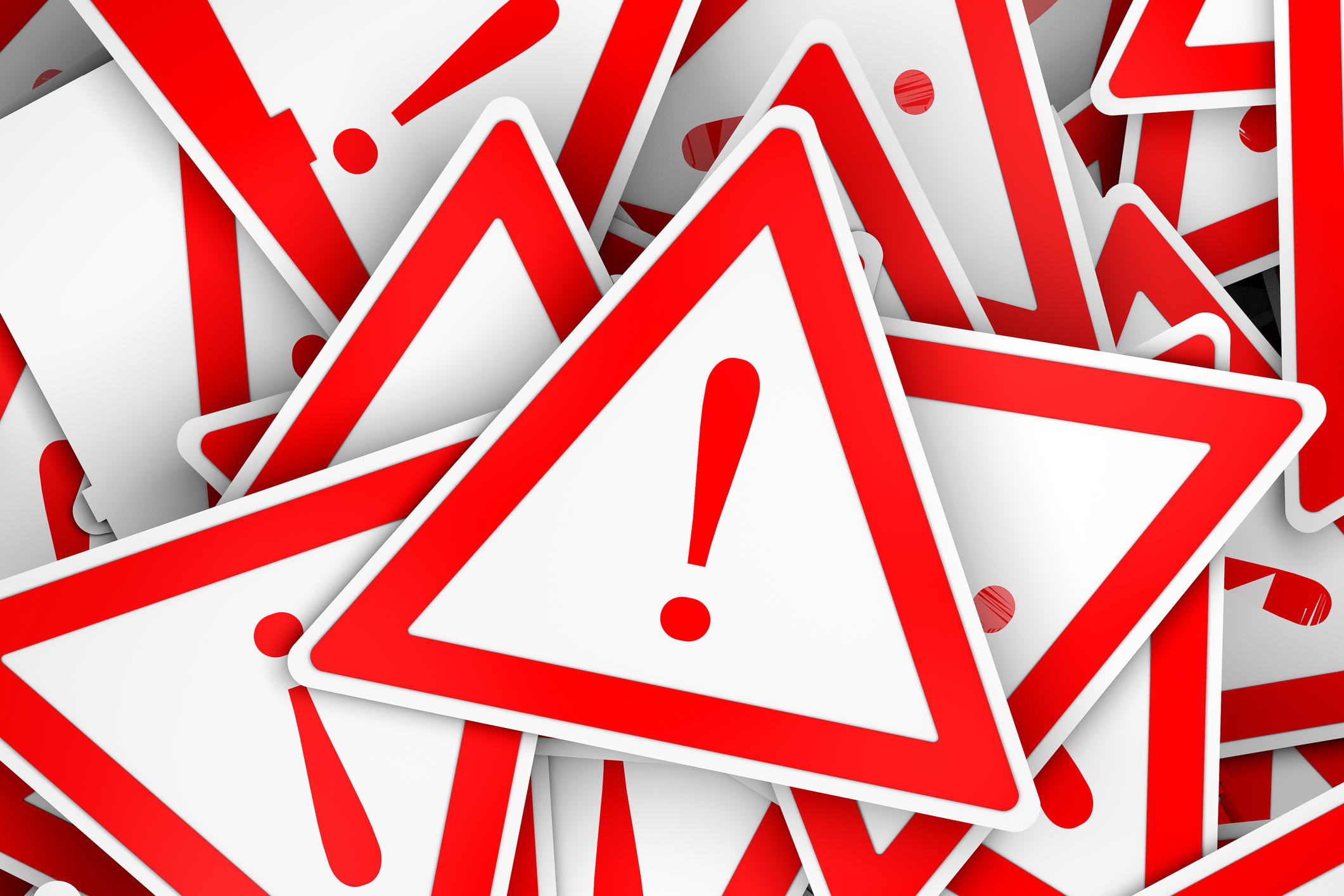Is Your Hazard Communication Program Up to Snuff?
The key to any relationship is communication. That includes your relationships with state and federal environmental health and safety regulators such as the Occupational Health and Safety Administration. The people at OSHA care about communication so much, in fact, that they’ve developed a Hazard Communication Standard. The HCS requires organizations to adopt a hazard communication program, and applies to all employers with hazardous chemicals in their workplaces.
That may sound like a recipe for loads of documentation (read: paperwork), but it’s essential for safety, trust, and ultimately your bottom line. Comply with the HCS and not only will you make EHS regulatory friends happy—you’ll probably improve your relationships with employees, too.
How effective is your hazard communication program? To minimize the chances of a workplace incident—and potential violation—check to make sure you’re doing the following:
1. Have a Plan
Before you can implement or update a hazard communication program, you need to familiarize yourself with a) your roles and responsibilities as an employer, and b) what hazards are present in your workplace.
Start by looking at OSHA’s hazard communication page here. The agency recommends you pay close attention to the provisions under “paragraphs (e) written hazard communication program; (f) labels and other forms of warning; (g) safety data sheets; and (h) employee information and training.”
Next, determine organizational responsibilities for hazard communication. Which individual or individuals do you hold responsible for compliance, documentation, training, and so forth? Once you’ve sorted out the “how” and “who,” it’s time to look at the “what”—i.e. the hazardous chemicals in your workplace. Take stock of any and all substances you use or store on premises. Examples of common hazardous substances include…
- acids
- asbestos
- disinfectants
- glues
- lead, mercury, and other heavy metals
- paints
- pesticides
- petroleum products
- solvents
For more information about these and other substances, see OSHA’s chemical data index.
2. Write It Down
Take everything you’ve learned above and develop it into a detailed, written plan of action. Regulators want to know what hazardous chemicals you have at your workplace, along with information about your hazard communication program—how it works and who’s in charge. Additionally, the plan should indicate how you’ve labeled your substances, where you store your safety data sheets, and how you train your employees and keep them informed.
3. Label Your Chemicals
In a workplace with hazardous chemicals, few things are as dangerous as an unlabeled container. Fortunately, your suppliers are required to do most of the work for you. According to OSHA, chemical manufacturers and importers must label everything with “product identifier, signal word, pictograms, hazard statements, precautionary statements, and the name, address, and phone number of the responsible party.”
If you place a substance in a different container, be sure to include all the same information. Many third-party standards, such as those offered by the National Fire Protection Association and the Hazardous Materials Identification System, are designed to meet state and federal rules.
4. Maintain an (Easily Accessible) SDS for Each Chemical
Every chemical at your workplace needs a Safety Data Sheet. An SDS offers more information than a label—including how to handle store and the substance, its potential health hazards, and more. Every SDS needs to correspond to the UN’s Globally Harmonized System of Classification and Labeling of Chemicals (GHS). Again, this is information your suppliers are already required to provide. If one of your substances doesn’t have an SDS, you need to ask for it.
Where and how you store your SDSs is up to you. However, they must be kept in an accessible location. For a physical SDS database (e.g. a binder), that means a central location onsite as well as anywhere work is being performed. Electronic databases must be available to all employees, and backed up with hard copies. In either case, your employees should be able to access any SDS within 5 minutes.
5. Train Your Workers Properly
Here’s where the real communication comes in. State and federal regulators expect you to inform and train every worker on the hazards, use, and storage of each potentially harmful substance, as well as proper protective measures. Employees also need to know how to access your SDS database. Additionally, any updates or introductions of new chemicals to the workplace must be communicated to your workers. To make this all as thorough and easy as possible, we recommend training your workforce in accordance with the GHS Hazard Communication rules.
6. Document Everything
Finally, keep complete, detailed, and up-to-date records. For hazard communication purposes, this includes any and all data related to training, labels, workplace incidents, claims, and changes in your EHS program.

